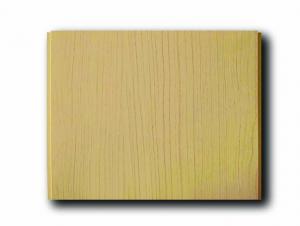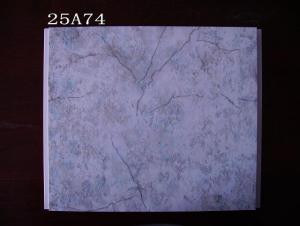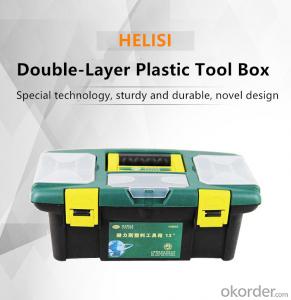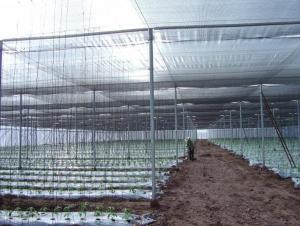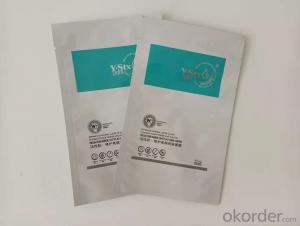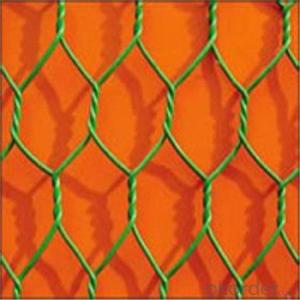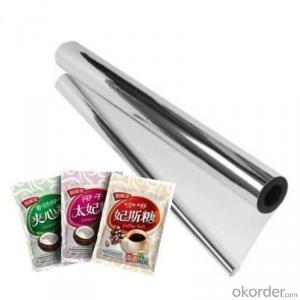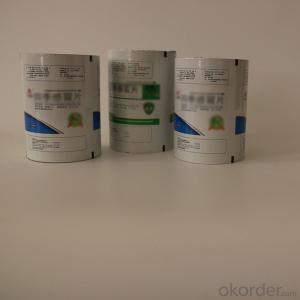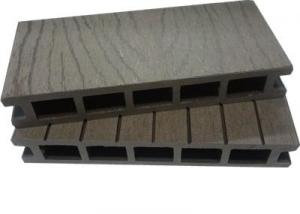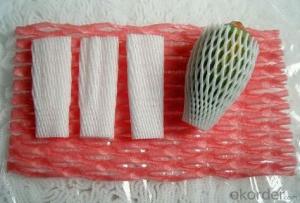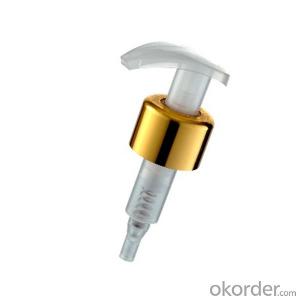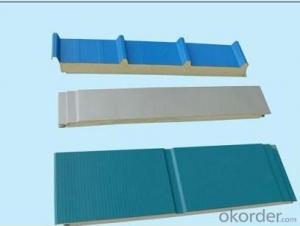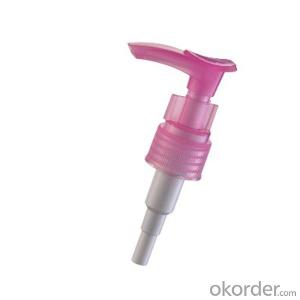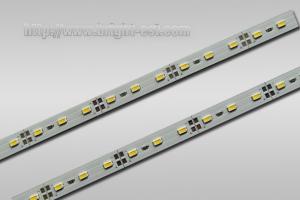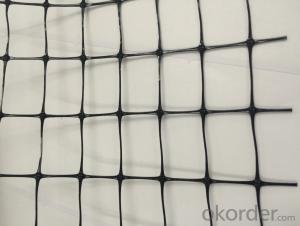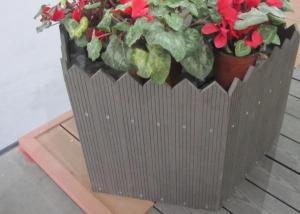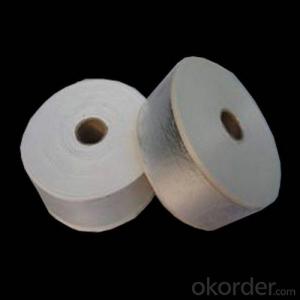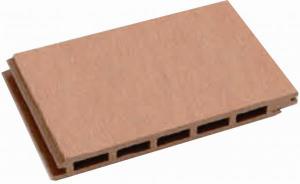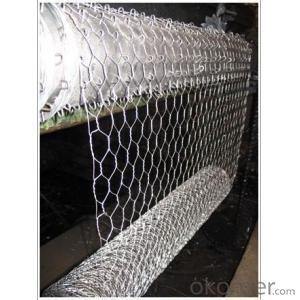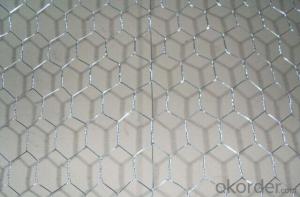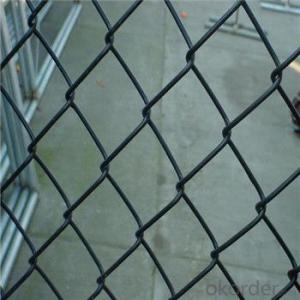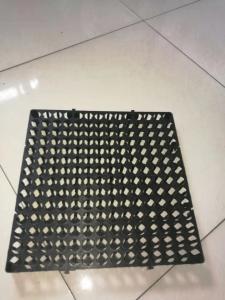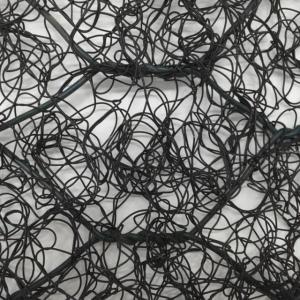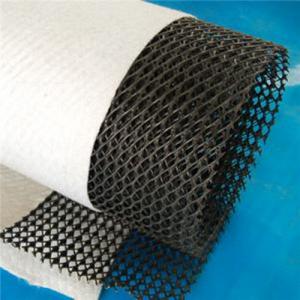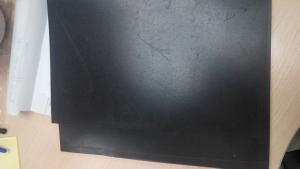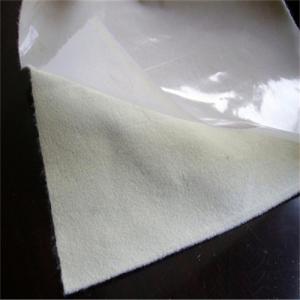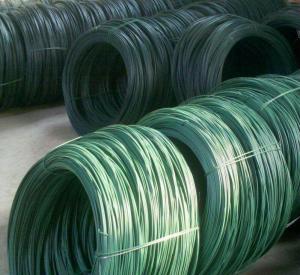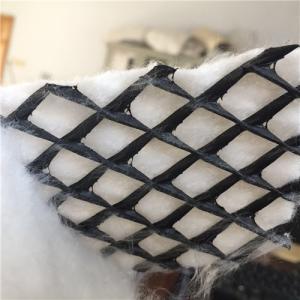Rigid Plastic Netting
Rigid Plastic Netting Related Searches
Primer For Galvanized Steel H S Code For Stainless Steel Wd 40 For Stainless Steel Spray Paint For Stainless Steel Drill Bits For Stainless Steel Sponge For Stainless Steel Caulking For Stainless Steel Steel Vessels For Kitchen Best Solar Inverter For Home Led Table Lamps For HomeHot Searches
Steel Mesh Panels For Sale Price For Stainless Steel Scrap Scrap Price For Stainless Steel Cheap High Tea Sets For Sale Stainless Steel Tanks For Sale High Density Fiberboard For Sale Solar Hot Water Collectors For Sale Scaffolding For Sale In Uae Scaffolding For Sale In Ireland Scaffolding For Sale In Houston Type Of Inverter For Solar Price Of Shipping Containers For Sale Stock Price For Aluminum Used Solar Inverter For Sale Portable Led Signs For Sale Stone Hot Water Bottles For Sale Large Led Screens For Sale Used Aluminum Scaffolding For Sale 1/4 Aluminum Plate For Sale Pvc Chairs For SaleRigid Plastic Netting Supplier & Manufacturer from China
Okorder.com is a professional Rigid Plastic Netting supplier & manufacturer, offers integrated one-stop services including real-time quoting and online cargo tracking. We are funded by CNBM Group, a Fortune 500 enterprise and the largest Rigid Plastic Netting firm in China.Hot Products
FAQ
- Geosynthetic clay liners (GCLs) have multiple applications in landfill projects. They are primarily used as a barrier system to prevent the leakage of contaminants from the landfill site into the surrounding environment. GCLs provide excellent hydraulic conductivity control and are effective in containing and preventing the migration of leachate, which is the liquid produced by the decomposition of waste materials in landfills. Additionally, GCLs can be used to enhance the stability and integrity of landfill slopes, acting as a reinforcement layer. They also help in reducing the amount of required landfill space by allowing for steeper slopes, thus maximizing the capacity of the landfill. Overall, the specific applications of GCLs in landfill projects include leachate containment, slope stability enhancement, and space optimization.
- Geogrids aid in the reinforcement of retaining walls in earthwork projects by providing additional strength and stability to the structure. These synthetic materials are typically made from high-strength polymers and are placed within the soil layers during construction. By interlocking with the soil particles, geogrids enhance the overall tensile strength of the wall, preventing soil movement and potential failure. This reinforcement mechanism allows for the construction of taller and more stable retaining walls, ensuring the long-term integrity and safety of the earthwork project.
- Geocomposites can be used in subsurface drainage systems by providing a highly efficient and cost-effective solution. They are often used as a replacement for traditional granular filters and geotextiles, as they offer superior filtration, drainage, and soil retention capabilities. Geocomposites can be installed vertically or horizontally to effectively collect and divert excess water from the soil, preventing saturation and potential damage to structures or landscapes. Additionally, their flexible and lightweight nature allows for easy installation and maintenance, making them a popular choice in subsurface drainage applications.
- Geosynthetic clay liners offer several benefits in mining operations. Firstly, they provide an effective barrier for containing potentially harmful liquids and chemicals, minimizing the risk of contamination of surrounding soil and water bodies. Additionally, these liners have high tensile strength and stability, reducing the chances of slope instability or erosion. They also have excellent hydraulic conductivity, allowing for efficient drainage and preventing the buildup of excess water. Furthermore, geosynthetic clay liners are relatively easy to install and require minimal maintenance, making them cost-effective in the long run. Overall, the use of these liners in mining operations promotes environmental protection and enhances operational efficiency.
- Earthwork products, such as topsoil and compost, play a crucial role in vegetation establishment. They provide a fertile and nutrient-rich substrate for plants, promoting healthy root growth and facilitating the establishment of vegetation. These products also help improve soil structure, water retention capacity, and drainage, creating favorable conditions for plant growth. Overall, earthwork products create a hospitable environment for vegetation, enhancing its establishment and ensuring long-term success.
- Such as steel, cement, coarse aggregate, fine aggregate, anchor. The The Is it a concrete definition?
- There are three large series of buildings, civil, electrical, plumbing, civil steel reinforced concrete, is called 3 large, masonry, commodity concrete, turnover, waterproof, paint, flooring, small materials
- Yes, earthwork products are suitable for constructing decorative walls. Earthwork materials such as clay, soil, and sand can be used to create natural-looking walls that blend well with the surroundings. These materials can be shaped and sculpted to create unique textures and patterns, providing a visually appealing and environmentally friendly option for decorative wall construction.





